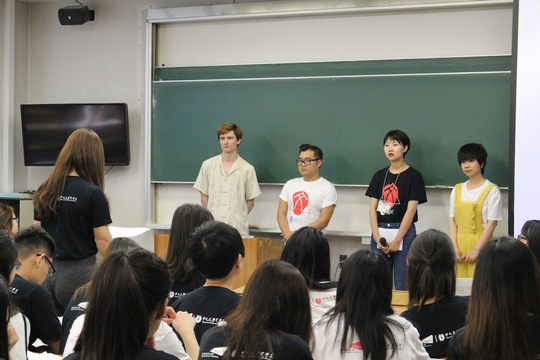
Report: City University of Hong Kong – IHS Joint Seminar 岑 天霞
- Date
- May 18 (Fri.) 2018
- Place
- Room 1222, Building 12, Komaba Campus, The University of Tokyo
- Organized by
- Educational Project H, “Poiesis of Life and Praxis of Coexistence in Cultural Diversity”, Integrated Human Sciences Program for Cultural Diversity, The University of Tokyo
- In Collaboration with
- City University of Hong Kong
On 18th May, we had a joint seminar together with the City University of Hong Kong.
Professor Kajitani, the leader of the IHS education project, delivered a greeting speech from 10:30 am. When Professor Kajitani asked how many of the students came from Mainland China, we found that only two were Hong Kong dwellers. They told me that Hong Kong dwellers prefer to take a graduate level course from the UK rather than from Hong Kong. As it is easy to pass the masters exam of Hong Kong’s university, students from Mainland China are willing to go to Hong Kong to take a masters course. It is not at all surprising to know that lots of Chinese youth prefer to study abroad. However, it is a pity that there seems to be no Japanese students who take part in the joint seminars. Since most of us come from Mainland China, we are prone to hold similar ideas, and there is limited controversy in our discussions. So, I felt a little pity for the students who looked forward to having a cultural exchange.
After the greeting speech, we heard an enlightening lecture given by Professor Zhong about “Shinto—Religion, Culture, or Politics.” Professor Zhong talked about the Shinto in Japan as being religious or political, but most Japanese people think of it as cultural. For example, it is said that in the tenth month of the lunar calendar, all the Shinto gods from all over Japan come to meet and stay in Izumo Taisha. It is the religious side of Shinto. Additionally, Japanese politicians’ visit to the Yasukuni Shrine for Japanese veterans shows the political side of Shinto. However, when Japanese people take part in a festival celebration or go to the Yasukuni Shrine for flower viewing, they only view it as a cultural outing.
After lunch, two students from City University of Hong Kong and two students from the IHS program each gave presentations.
The first speaker, Qin Xue, talked about the "The Construction of the Red Film -- the Normative Mainstream of Maoist Revolutionary Literature and Art Concepts (1949-1952)." The period from 1949 to 1951 was crucial for China’s societal transition, and also during that time, Mao Zedong had gradually established his literary and artistic thought. Since 1949, the red film has symbolized the 19th century of China’s film development, and Qin Xue explained her work in analyzing the relationships between politics, literature, and art in Mao Zedong’s thought, from the establishment of the leadership of Mao Zedong's literary works, to the art symbolic of his thoughts and socialist realism. Mao Zedong constructed the concept and connotation of the red film and elucidates the paradigm of “red” and “non-red” by criticizing the film The life of Wu Xun and shooting the template film Nonsense. The life of Wu Xun in a delicate narrative that shows the suffering of young Wu Xun and his lifetime experiences of “begging to make money to run a school.” However, Zedong criticizes: “the emergence of the film, especially the many praises for Wu Xun, shows to what degree of ideological confusion our country’s cultural circles have reached!” After the incident of The life of Wu Xun, the film Nonsense emphasized the legitimacy of the policy, and is set up as a model film, established the rule of “red” inculcated with the ideology of the “left” school to achieve the purpose of “hard” education for the masses. From the founding of the People’s Republic to Nonsense, Mao Zedong gradually established the exclusive interpretative discourse of the “red” film, with “art serves politics” as its core.
I was the second student to give a presentation. I have been researching movies on wars between Japan and China, so the title of my presentation was “Different historical perspectives in movies on wars between Japan and China.” My research is based on the comparison and analysis of Japanese and Chinese war movies’ subjects and movie reviews. Of the Chinese war movies, 73% talk about the second Sino-Japanese war. Because of this, when the Chinese bring up the topic of war, they tend to think of the Sino-Japanese war. Personally, I know almost nothing about the Sino-Vietnam War, or the Qing Dynasty-Korea war. However, in Japan, 67% of war movies talk about the Asia-Pacific war outside the Chinese battlefield. Since the 1980s, Japan has almost ceased making “movies on the Sino-Japanese war,” whereas, since the 1990s, the proportion of anti-Japanese films in China has increased dramatically. As a result, the Chinese people born in the 90s will receive much more anti-Japanese education than any other generation. Today, most of what we think as our observation and experience are actually obtained from the media. In other words, the media has affected our recognition of history.
The third student to make a presentation was Park Yeung from the City University of Hong Kong. His presentation was titled “Movies and Series with a Second Sino-Japanese War Setting -- The Image of Nationalist Party of China (Kuomintang) before and after Economic Reform.” As movies and series with a second Sino-Japanese war setting have become a popular genre in Mainland China, many prominent scholars have figured out the background and reasons for this trend without defining the image built of the Nationalist Party of China. Park Yeung’s study elaborates a framework of the image of the Nationalist Party of China as shown in the movies and series with a second Sino-Japanese war setting, and also aims at investigating underlying reasons. Before the economic reform, the Nationalist of Party of China had little renown. The image of the Nationalist Party of China was unclear and unmentioned, which negated its contribution during the second Sino-Japanese war. Empowering the sovereignty and image of the Communist Party is the first and most important issue of the government. After the economic reform, the government opened up and globalized the economy to the world, as well as reformed the orientation of movies and series. Since the Communist Party greatly produced positive scenarios of the contribution of the Nationalist Party, such a movement broke the ice with respect to the strained relationship between Taiwan and the Mainland. The conclusion of the study specified that such change tends toward globalizing the world and building up coordination with neighbors. Qin said, “Mao Zedong gradually established the exclusive interpretation discourse of the red film with ‘art serves politics’ as the core.” As a matter of fact, it is not only art that serves politics but also the media, the textbook, and the SNS that serve politics. This is true not only in China but also in other countries, whether it be an autocratic country or a democracy.
Last, Marcin Wrobel made a presentation of “Limitation of a History Textbook Revision: A Historian's Dialogue between Poland and Germany.” Marcin said that national mythmaking results in gaps in presented knowledge and also spoke of commissioning of history textbooks as a toll of harmonizing national memory. As a result, 54% of Germans count their families as victims of Hitler’s regime, and on the other hand, 61% of Poles demand reparation from Germany. From this, we can see that history is still a problematic issue in Europe.
In conclusion, this kind of history problem is similar to the history of conflict between Asian countries. All of our presentations talked about how governments use mediums to whitewash history. No matter whether a movie or a textbook, it is a kind of medium to send a message, and what’s more, all these mediums have inner linkages with each other, which works for policy. In my opinion, developing critical thinking and media literacy skills is very important for young people. We have to recognize the difference between different cultures and try to accept them. Last but not the least, it gave me great honor to participate in this joint seminar, and I was very glad to see so many students making efforts to communicate their different cultures among nations and peoples with different cultural backgrounds.
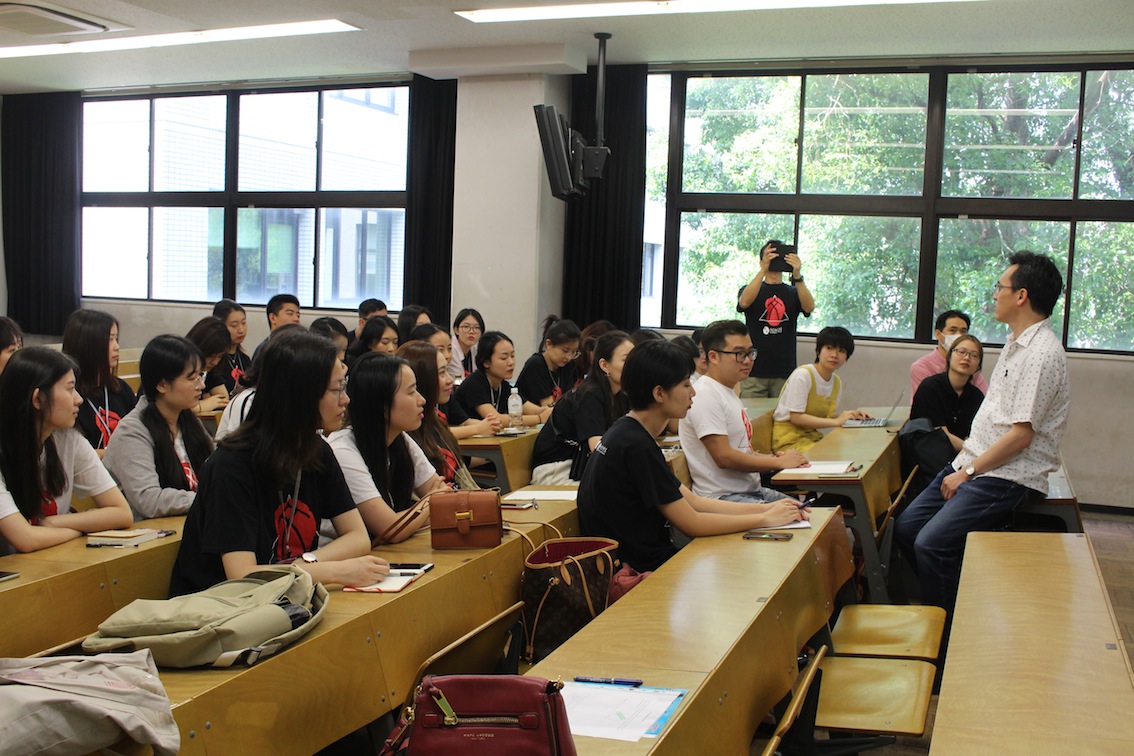

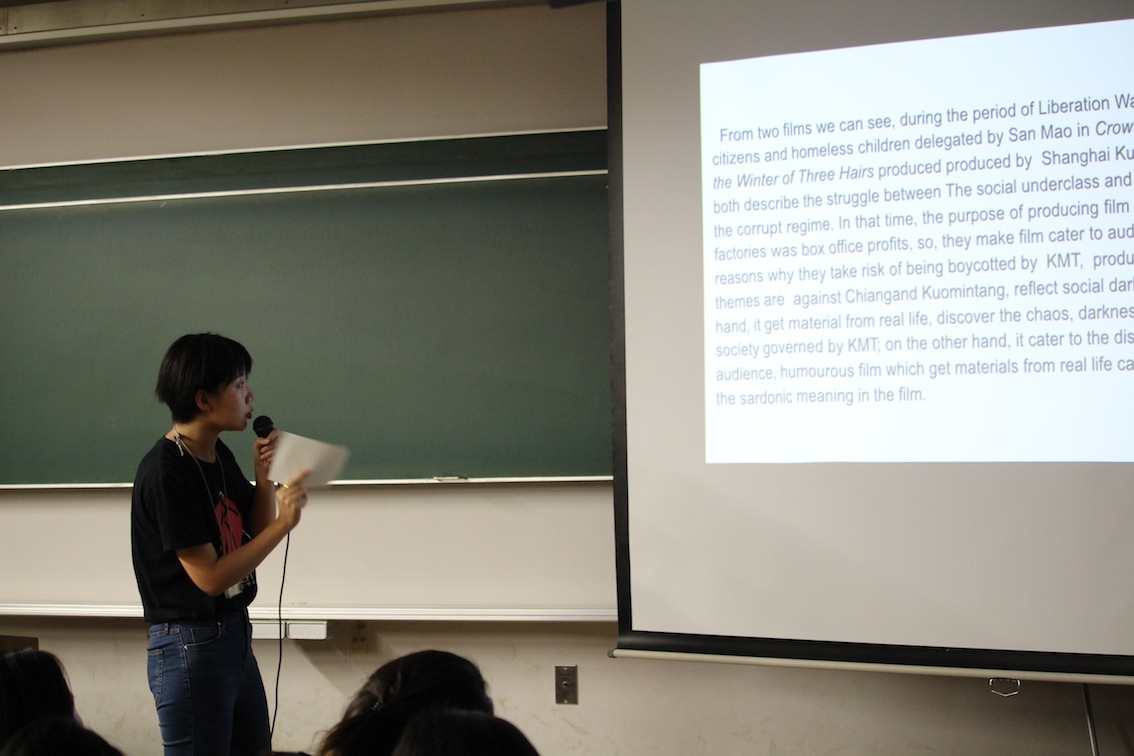
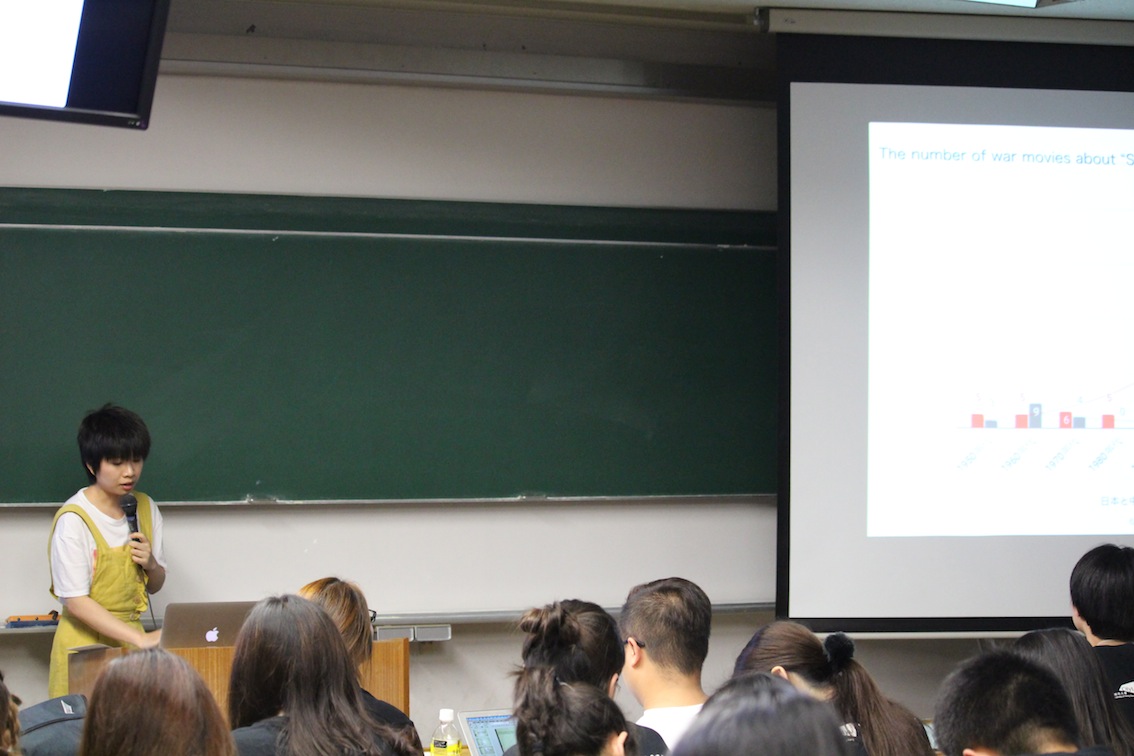
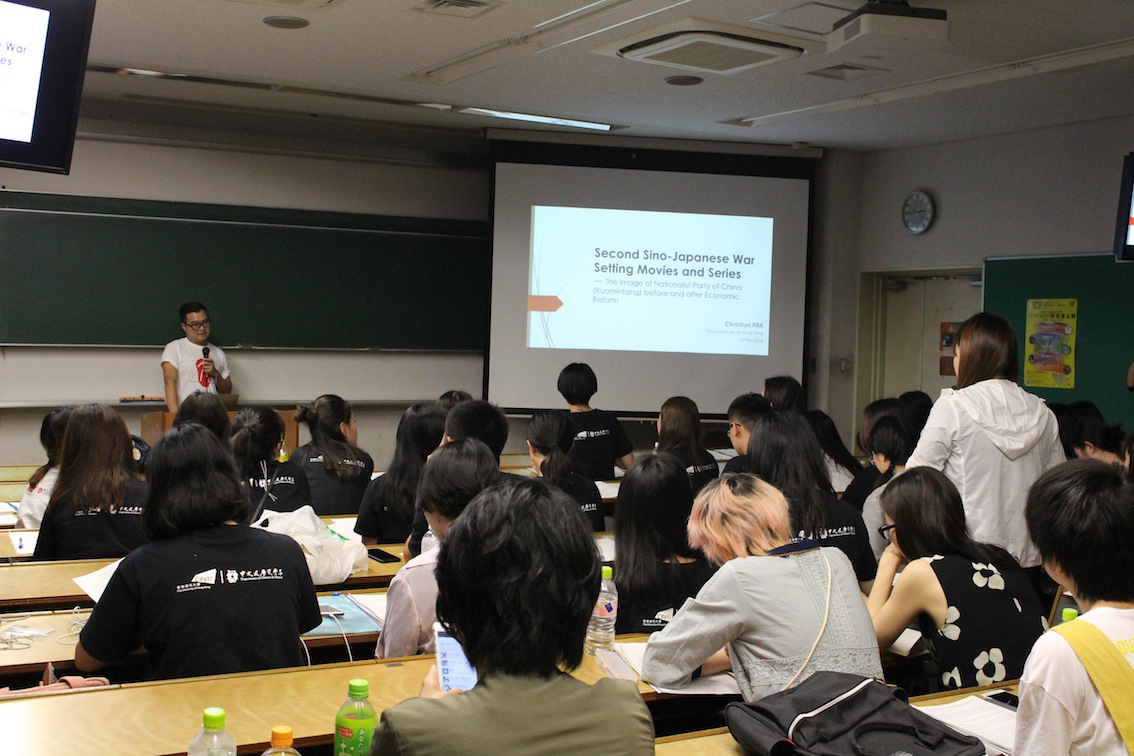
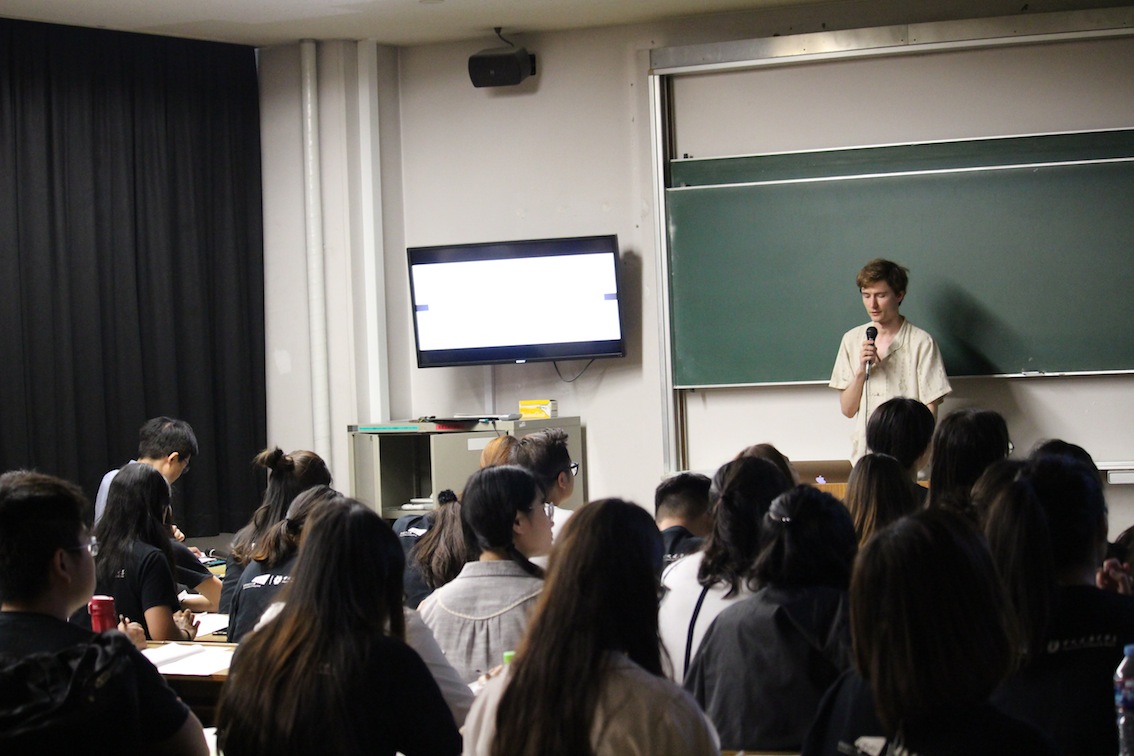
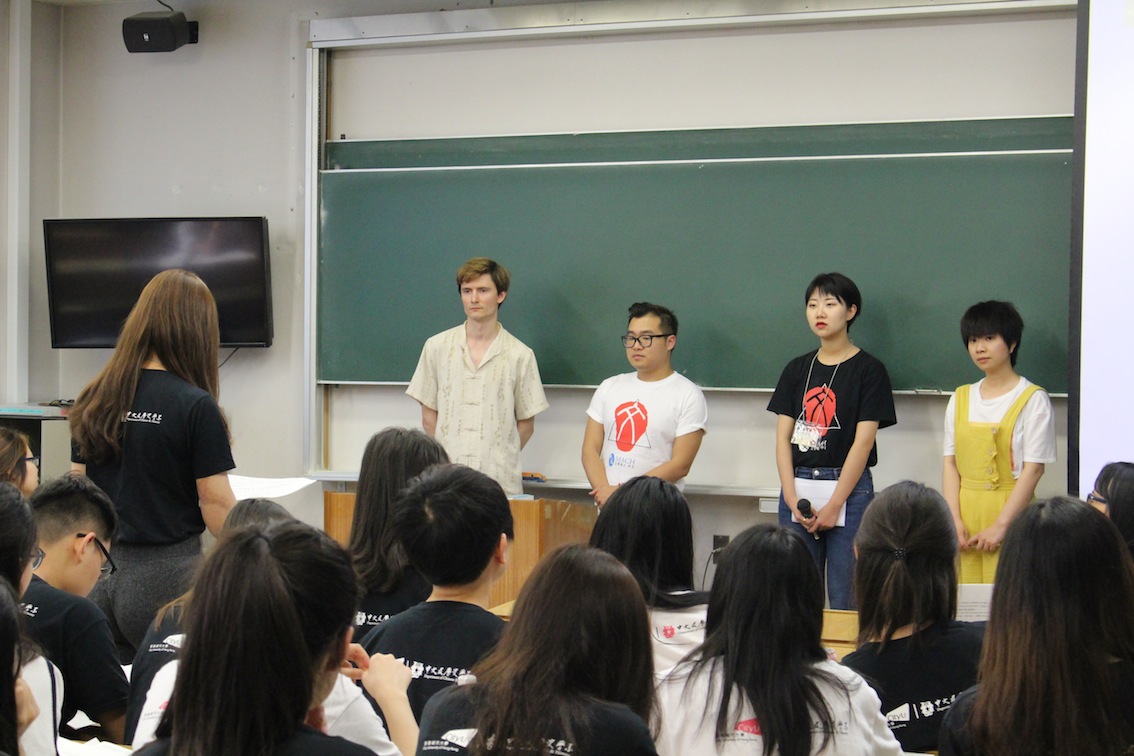
report date : June 2, 2018


